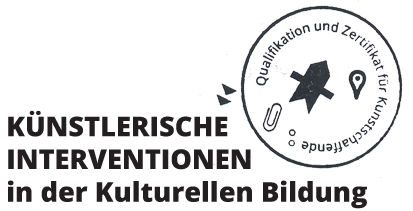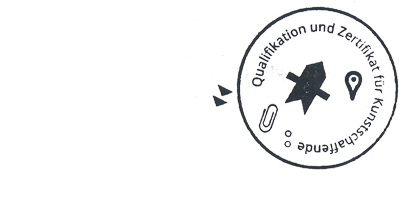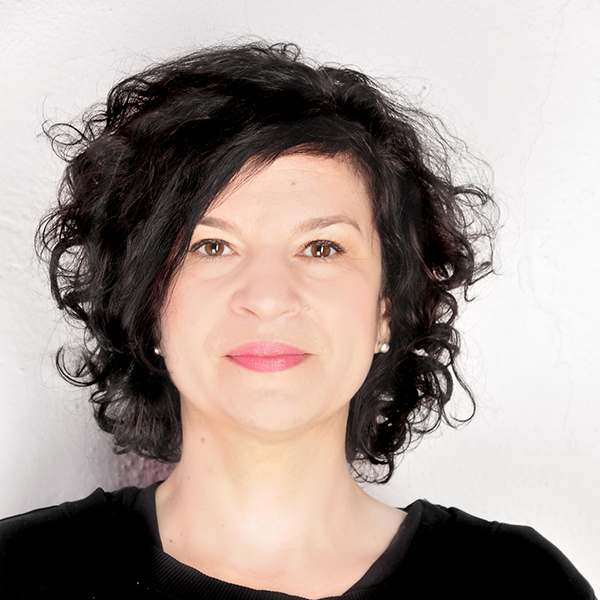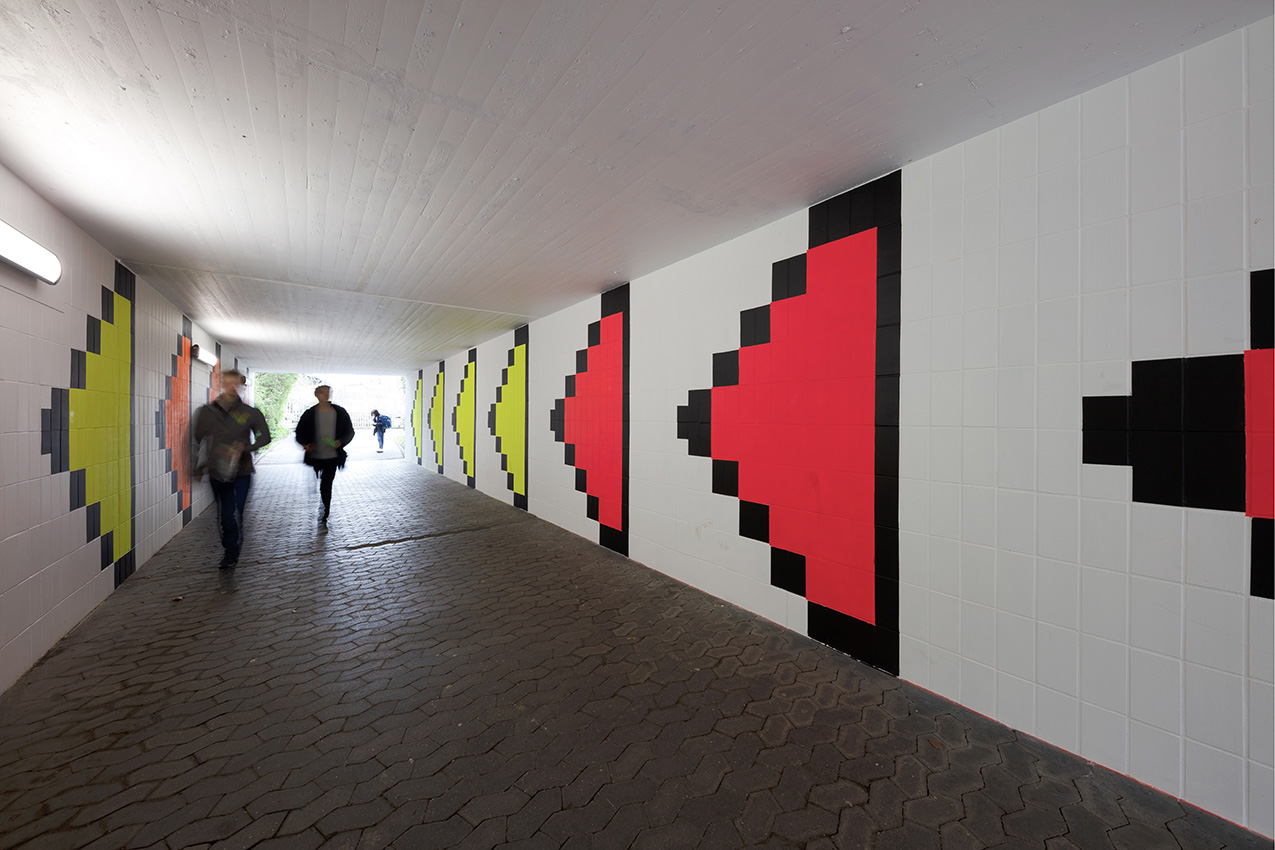



Karima Klasen works as an artist in Stuttgart and researches the medium of painting in an extended field. She received her Bachelor of Arts degree in Interdisciplinary Design at the University of Applied Design Sciences in Schwäbisch Hall in 2006, and her Master of Fine Arts at Boston University (USA) in 2008. From 2006 to 2009, Klasen was in Boston, New York and Santa Fe (USA) as a Fulbright Fellow. Her work has been exhibited in America, Germany, Lithuania, Belgium, Portugal, Romania, Italy, Sweden, Norway and Austria.
Teaching assignments in the field of the foundations of design as well as the fields of colour, space, material and perception have given her a wealth of experience with artistic interventions in arts education. Her teaching philosophy centres on a contemporary, discourse approach and public spaces.
For more information visit www.karimaklasen.com
Contact: karimaklasen [at] outlook [dot] com
Karima Klasen works as an artist in Stuttgart and researches the medium of painting in an extended field. She received her Bachelor of Arts degree in Interdisciplinary Design at the University of Applied Design Sciences in Schwäbisch Hall in 2006, and her Master of Fine Arts at Boston University (USA) in 2008. From 2006 to 2009, Klasen was in Boston, New York and Santa Fe (USA) as a Fulbright Fellow. Her work has been exhibited in America, Germany, Lithuania, Belgium, Portugal, Romania, Italy, Sweden, Norway and Austria.
Teaching assignments in the field of the foundations of design as well as the fields of colour, space, material and perception have given her a wealth of experience with artistic interventions in arts education. Her teaching philosophy centres on a contemporary, discourse approach and public spaces.
For more information visit www.karimaklasen.com
Contact: karimaklasen [at] outlook [dot] com
Pixelation Space Invasion, 2019

In the 1970s, the subway for pedestrians and cyclists was clad with green-brown tiles and was subsequently viewed as a “no-go area” in the district. Having already designed a major mural painting for the school playground of a higher secondary school in Göppingen in 2017, I was invited to work out a new concept for the subway considering the wishes of the school pupil and parent community. The original tile structure offered an ideal screen for painting. The brown and dark ambient was lightened up by applying white dispersion. Pixel objects in arrow structures were drawn hard-edge-style on the existing grid of grout strips between the tiles and coloured with neon paint. The arrows point in both directions and visualise the movement of through traffic. The concept was realised with 27 higher secondary school upper grade students in three days.
What have you taken home from this project for your artistic activities?
My artistic approach enables me to design projects which open themselves up to others and become viable with their participation.
Which topic turns up again and again in your artistic activities?
To describe my work in just three words, it’s SPACE AS CANVAS. Here, I view physical space as a canvas and an active field of action. Painting in an expanded field is the object of my artistic research in theory and practice. A contextual and conceptual approach opens up new levels of meaning and perception in the development, generation and perception of the works of art. Through projects and concepts, I explore an extended understanding of art and illustration. The extended image is the result of processes which are based on experiences in space. My artistic process is open and unbiased. Again and again, making references to the respective different situational conditions creates a work of art which can never be fully determined in advance.
What do you seek to achieve with your arts education activities?
I open up spaces. Art and communicating art reflect processes going back to experiences in spaces. Not only are physical, temporal, spatial or object-related links formed in interaction with our environment. The process also involves communication, encountering, intervention and participation. Only in active participation are experiential spaces, and hence dialogical fields of action, opened up. My emphasis is on these fields, which today are the hybrid, dynamic forms of expressing a contemporary understanding of the visual arts and vibrant, transdisciplinary teaching practice. Here, departments are linked at interdisciplinary level, transitions and boundaries are fluid, and teaching and artistic practice go hand in hand.
What, in your view, is the essence of an artistic intervention in arts education?
Artistic interventions are art in a context which develop via the application of situational knowledge based on testing, experience and experimenting. The extended image comprises the recipient and the producer in the respective situation. This is illustrated by the various levels of perception and action in my practical work and in my teaching philosophy /project conception. I design concepts for a specific context, addressing the concrete requirement and the individual issues involved. My aim is to adapt the design of educational concepts to the respective demands in imparting art and to run projects which mean new experiences and additional knowledge for all participants.